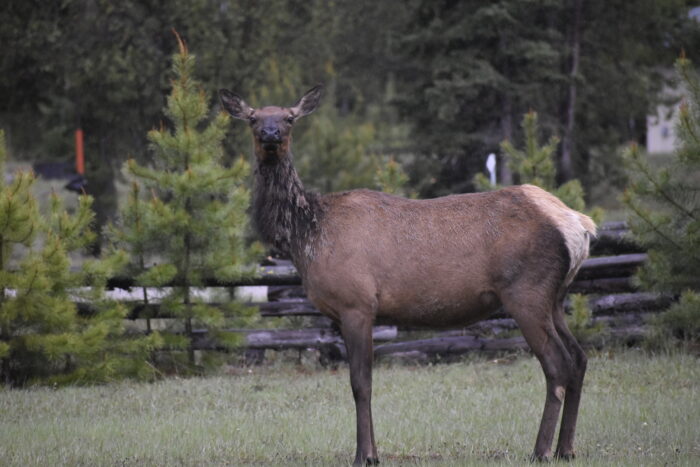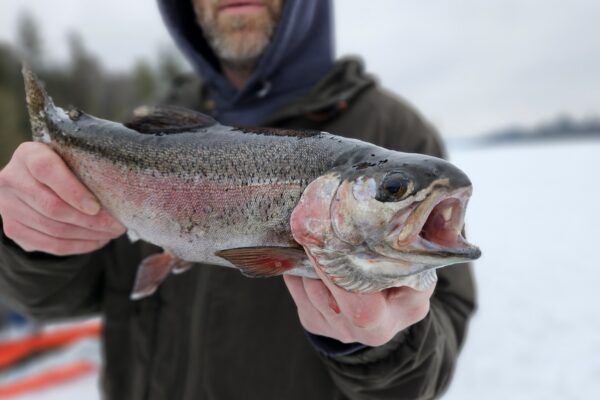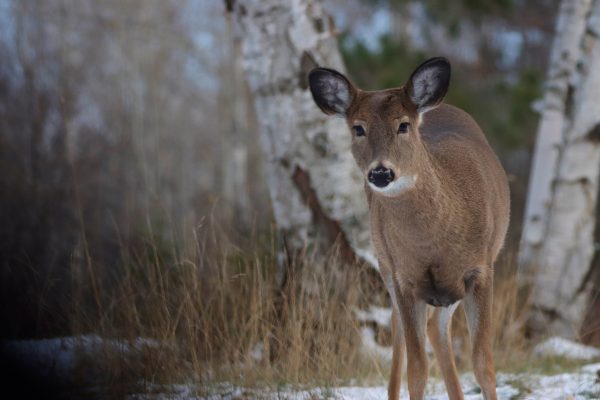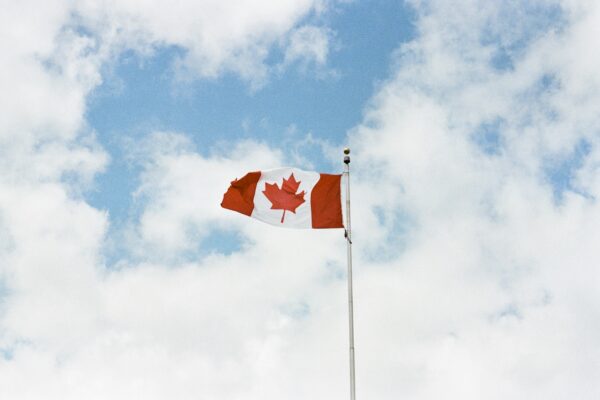Minnesota elk population and the upcoming deadline for hunting license applications
Moose and white-tailed deer tend to take the focus of ungulate topics and conversation in most of Minnesota, including the WTIP listening area. However, near the towns of Grygla and Lancaster, in north-central Minnesota, an additional ungulate shares space in the conversation: elk.
Elk have a long history in Minnesota. During the late 1800s, elk populations spanned a large swath of Minnesota, extending from the northwestern corner down to the southeastern portion of the state.
However, in the late 1880s, the elk population and range significantly diminished with continued human activity and expansion.
As a result, the legislature appropriated $5,000 to revitalize the Minnesota elk population in 1913. The two following decades involved multiple reintroduction efforts to recoup the elk population.
The Minnesota Department of Natural Resources (DNR) subsequently developed an Elk Management Plan in 1976 and has been managing Minnesota’s elk population ever since.
More recently, the Fond du Lac Band of Lake Superior Chippewa submitted a plan to the DNR to reintroduce elk to northeastern Minnesota. The band submitted the proposal last summer, suggesting the state move up to 150 elk from the existing herds in the northwestern corner of the state to an area on the Fond du Lac Reservation, as well as a nearby state forest that includes part of St. Louis County.
There currently are three elk subgroups living in the state, the Grygla herd in Marshall County, the Kittson-Central herd in Kittson County, and the Caribou-Vita subgroup, located near the border of Canada and Minnesota which is managed in tandem with the province of Manitoba.
“In Minnesota, we think we have somewhere around maybe 115 elk with those two subpopulations that stay in our state. And then with that subpopulation that wanders in between Canada and Minnesota, about 130 elk are in that group,” said Barbara Keller, big game program leader with the DNR.
“Somewhere around 240 elk could be in the state at any given time,” she said.
The Minnesota DNR allows a minimal number of elk hunting licenses to help manage the growing herd populations.
“Hunting is the primary tool we use to keep the elk population within those population goals or move them towards the population goals,” Keller said.
Keller also said that applying for an elk license is only open to Minnesota residents, and the lottery-based application process costs $4. If an individual is selected during the lottery process, the elk license costs $287.
Applications for an elk license are due Friday, Jun 17, 2022, and are available on the Minnesota DNR website.
WTIP’s Kalli Hawkins spoke with Barbara Keller, Minnesota DNR’s big game program leader to discuss elk in Minnesota and the upcoming elk hunting season. Audio from the interview is below.














